Accessories have long been recognized as the finishing touch to any outfit, adding that special something that elevates a look from ordinary to extraordinary. Whether it be jewelry, handbags, scarves, or belts, these small but significant additions can completely transform an ensemble. The art of accessorizing lies in the ability to strike the perfect balance between simplicity and extravagance, adding just enough to create a statement without overpowering the overall look. In this essay, we will explore the different aspects of accessorizing and provide valuable tips for enhancing your outfits with jewelry and more.

Jewelry, undoubtedly, is the most popular and versatile accessory. From delicate necklaces to eye-catching bracelets, it has the power to enhance any outfit, showcasing personal style and taste. The first, and perhaps most important, tip for jewelry accessorizing is to consider the occasion and outfit you are pairing it with. For formal events, such as weddings or black-tie affairs, opt for statement pieces that can effortlessly take center stage. A bold choker necklace, a pair of dazzling drop earrings, or a stacked set of bangles can add a touch of glamour and sophistication to an evening gown or a tailored suit.
On the other hand, for casual or everyday looks, it is best to keep the jewelry more understated and minimalistic. Delicate chain necklaces, simple stud earrings, or stackable rings can add a subtle hint of elegance without overpowering the overall ensemble. Remember, less is often more, and by choosing one standout piece paired with more delicate options, you can create a balanced and polished look.
Another important aspect to consider when accessorizing with jewelry is color coordination. Coordinating your accessories with the colors in your outfit can tie the entire look together and make it appear more cohesive. If you are wearing a monochromatic outfit, such as an all-black or all-white ensemble, adding a pop of color with a vibrant statement necklace or a pair of bold earrings can instantly elevate the look. Alternatively, if your outfit boasts a multitude of colors, try to choose jewelry that complements the dominant hues. For instance, if you are wearing a dress with shades of blue and green, opt for jewelry in similar tones - perhaps a turquoise pendant or emerald studs. This color coordination will create a harmonious and put-together appearance.
In addition to jewelry, other accessories like handbags and scarves can also play a crucial role in enhancing an outfit. When it comes to handbags, the first consideration should be functionality. A handbag should not only complement the overall aesthetic but also be practical for the occasion. For formal events, opt for an elegant clutch or a small crossbody bag that can discreetly hold your essentials without overshadowing your outfit. On the other hand, for more relaxed occasions, a tote bag or a medium-sized shoulder bag can add a touch of casual chic.
Scarves, on the other hand, can add both style and warmth to an outfit. In colder months, a cozy knit scarf can not only keep you warm but also add texture and visual interest to your ensemble. In spring or summer, a lightweight silk scarf can be worn as a headband, tied around the neck, or even wrapped around the handle of a handbag to add a pop of color and a playful touch. The key to accessorizing with scarves is to experiment with different tying techniques and patterns to find what suits your personal style best.
Belts, often overlooked, can also be a valuable accessory for enhancing your outfit. A well-chosen belt can cinch in the waist, creating a more defined silhouette. Opt for a belt that complements the colors and style of your outfit, and consider experimenting with different widths and shapes to find what flatters your body type best. A wide belt can be a great option for emphasizing an hourglass figure, while a skinny belt can add a touch of elegance to a flowing dress or a tunic.

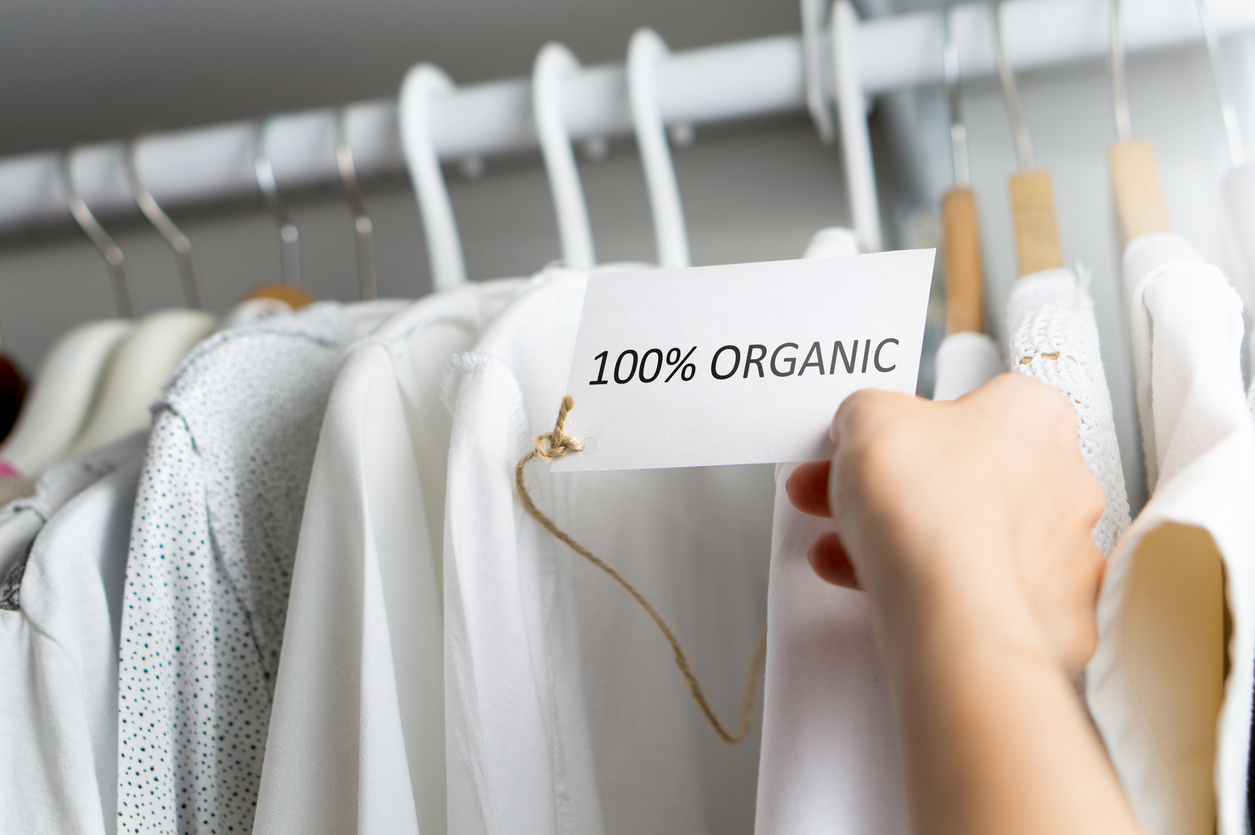
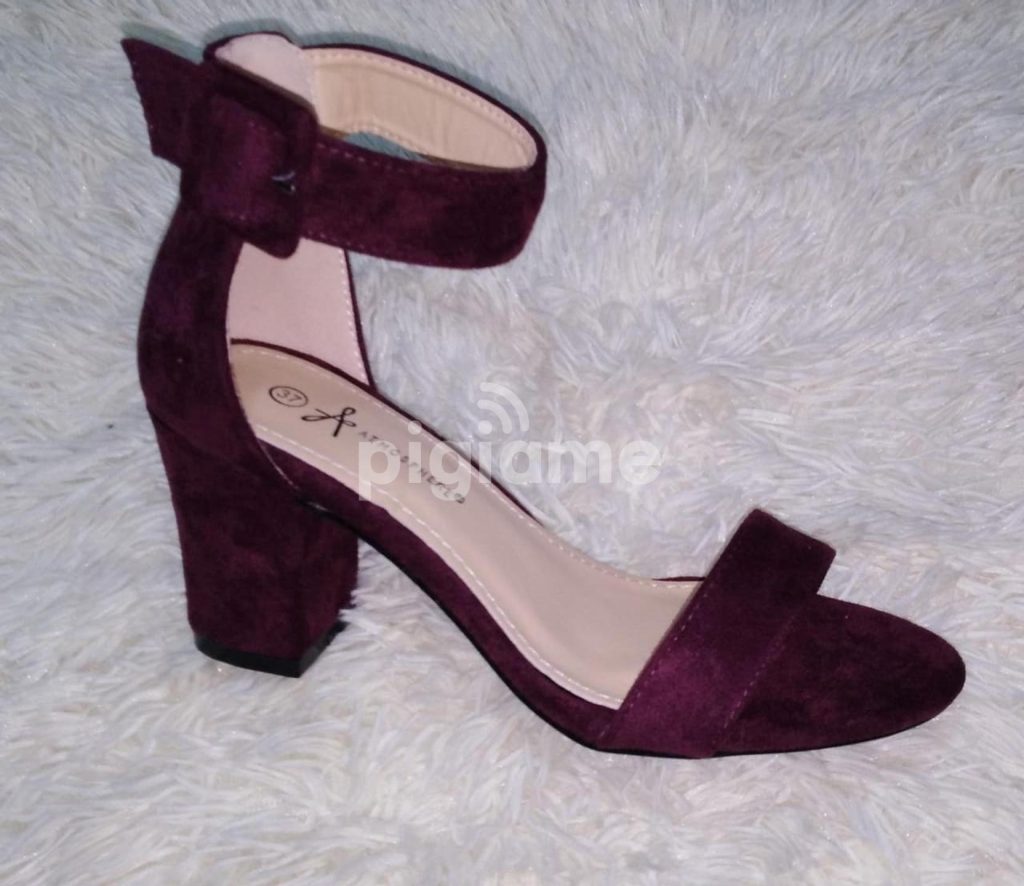

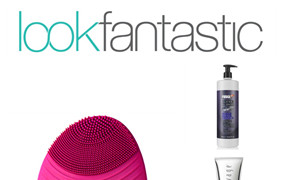
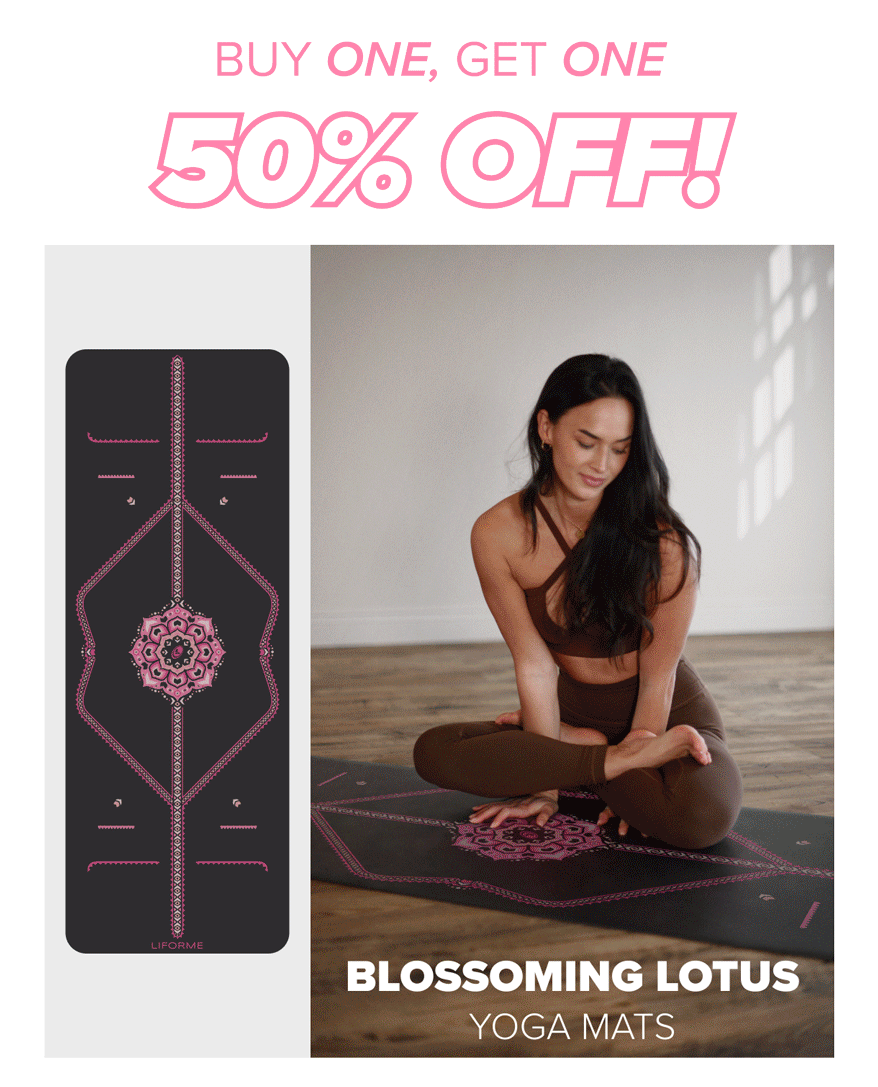


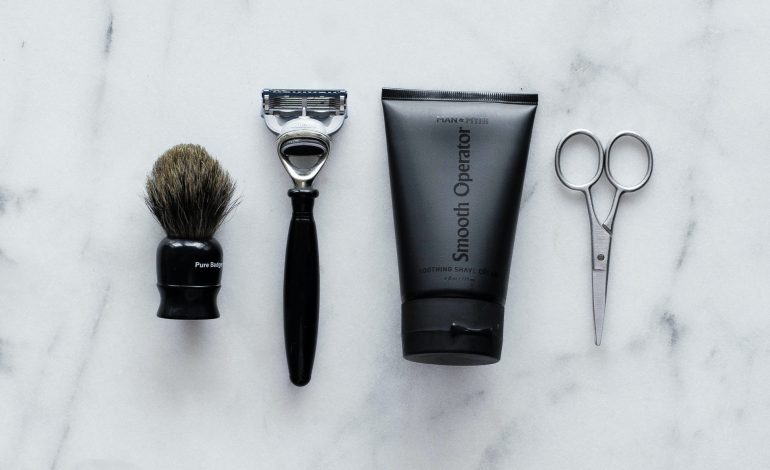
Leave a Reply